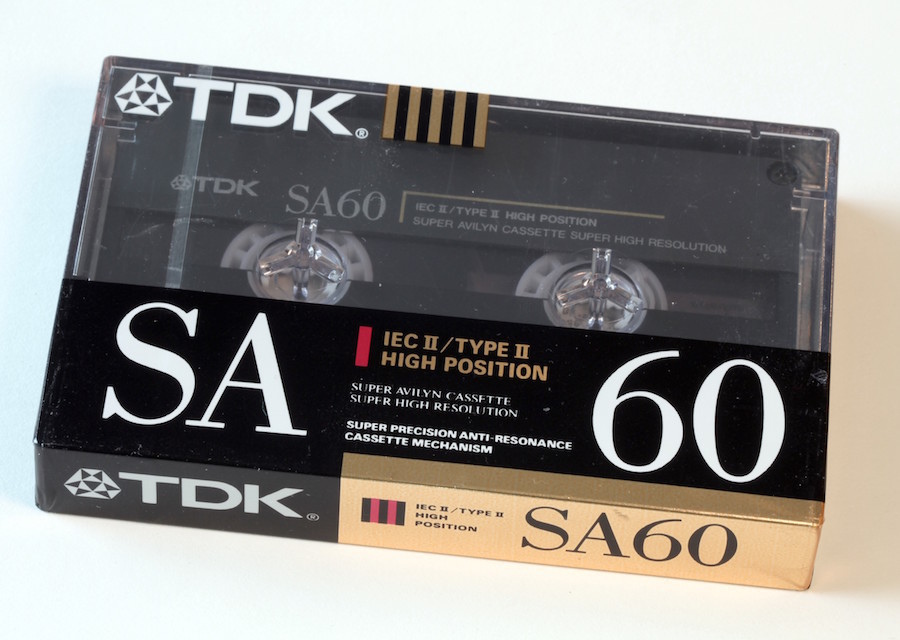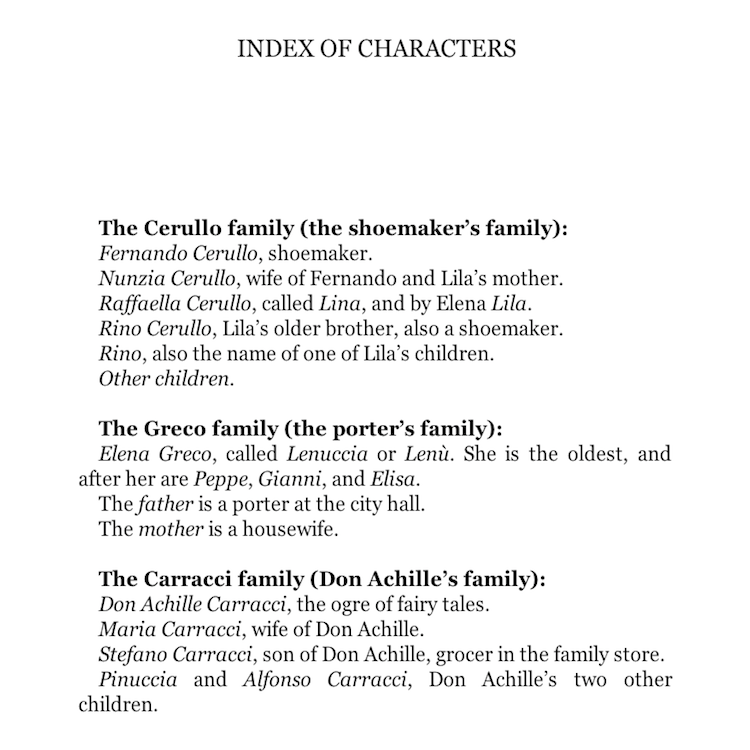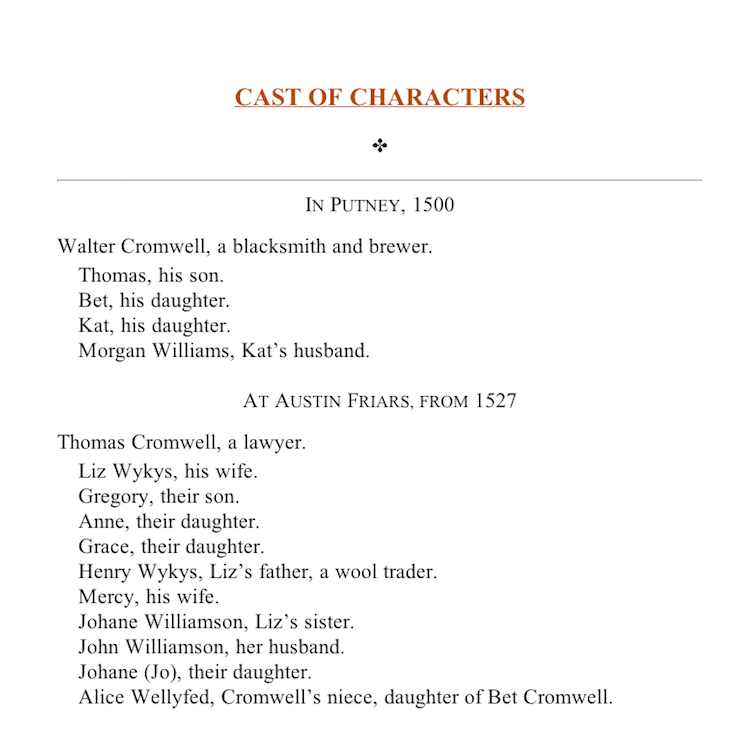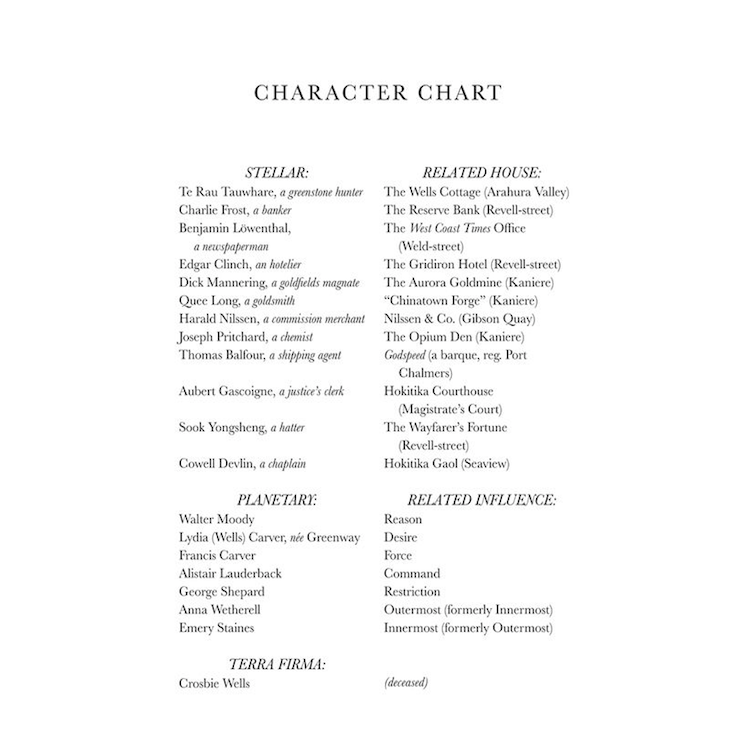Sunday Snippets 03.08
Last Saturday I had a delightful lie-in with the cat and posted this gem on the Twitters.
It's Caturdaaaay! pic.twitter.com/hVuFTjP5GZ
— Laura Lindeman (@lclindeman) February 28, 2015Andy and I took a loooong walk to a new neighborhood “market” (more like a food hall) to have our February date which was to get ice cream. We decided to include lunch first, and we paid way too much for two shawarma wraps (I’ve decided this whole food hall is more expensive than it’s worth). And then, we were both feeling full, so we ended up skipping the ice cream! On the walk home I started feeling sick to my stomach and, well, the rest of the weekend ended up passing in a haze of lying ill in bed and on the couch. I even ran a feveer–I can’t remember the last time that happened.
So this weekend has been much better all around, though that’s not necessarily saying much. We made up for our ice cream date with some Ben & Jerry’s during the week. That Americone Dream is really yummy!
My links this week are awfully freelancer/working girl heavy. It makes sense. A lot of what is on my mind of late is trying to settle into a routine that is satisfying and productive.
Having a life does not mean you can’t be successful.
Anyone who has spent time in both the startup and more traditional working worlds can attest to the huge difference between the two. One provides a (usually) safe and calm environment where you can be pretty sure your job will be there tomorrow (although that’s not always the case), while the other can at times feel like a roller coaster with a loose wheel, tipping back and forth while you fly along at speeds hinging on the insane.
- I can attest to that. In fact, I’d venture to bet that it was that exact environment that triggered some of my anxiety last year. Sure, freelancing is akin to running a startup. But I’m in complete control (or at least I’m trying to be!), and this article was an important reminder for me.
Throughout our careers, we’ll design hundreds of projects, but few of us will opt to take on the most rewarding and complicated creative project of all: our own lives.
- Related: stop apologizing for wanting work/life balance.
It might be hard to understand for an office-dweller, but many of us home-based workers find pausing to take care of laundry or unload the dishwasher to be a welcome change of pace. Blogger and editor Heather Spohr believes the freedom to pause and take care of “home stuff” is one of the best parts about freelancing.
- I would agree! I find it eminently satisfying that I can handle personal tasks and errands during the “workday” sans guilt. Sometimes that boost of productivity in another arena can help me focus better on a work-related task at hand. Read the other “rules” that freelancers break.
Given a man and a woman with equivalent skills and experience, the base level of competence that people assume is lower for the woman than for the man. Men and women both do this, and it is largely unintentional. It applies whenever we’re evaluating people or their work, such as when we’re meeting them at an event, interviewing them for a job, reviewing their code, or considering their talk proposal.
- On gender parity in the open source world. Though I decided being a developer wasn’t for me, I still adamantly support women entering the software world. I’m volunteering right now as an organizer for a Rails Bridge workshop in Atlanta to teach women Ruby on Rails. It’s valuable for me to be a supporter and to provide boots on the ground even if I don’t want to be a developer myself.
For everything that exists, someone has to be passionate about it. Otherwise that thing would cease to exist. If nobody cared about copiers, they would disappear from office spaces. If nobody cared about commercial matting, someone would have to become passionate about those yellow wet floor signs because there would be a lot more gross floors out there. Our lives are impacted daily because there are people who are passionate about medical science, farming, and education. What if nobody cared about deodorant? What if nobody cared about music? What if nobody cared about mattresses and bed sheets?
- We all have different passions and we need all of them to keep the world as we know it turning!
Okay, okay, can we stop talking about work? Sure!
Whatever a flat white is supposed to be, here’s one thing it most certainly is, at least at Starbucks: It’s a new product that borrows a name with some cultural weight, regardless of how closely it sticks to that culture’s definition.
- I mean, let’s be real, I’ve started ordering it. I had a flat white first in Ireland and assumed it was an Irish thing. (It’s not.) I like it–but I’m not sure what makes it appreciably different from a latter. Check out this article for its entertaining diagram on specialty coffee drinks.
It is impossible to imagine eating most Southern foods without sweet tea. You can’t wash down pulled pork with water. It takes a beverage with some oomph to cut through lard-dunked catfish. The sugar in sweet tea is nature’s intestinal Drano. The caffeine makes it possible to drive home after a Sunday brunch of fried chicken and cheese grits. This is not to say sweet tea goes with everything—pizza requires Coke, curry requires beer—only that it marries best with the food of our people, cementing its status as the iconic Southern libation.
- Sweet tea is culture in a glass…or if you’re a Brit, it’s an abomination. Take your pick.
Did you celebrate National Grammar Day?
Happy National Grammar Day! I think I’ve been using “i.e.” when I’ve meant “e.g.” and to the grammar gods, I apologize.
— Laura Lindeman (@lclindeman) March 4, 2015I realized I’d been misusing “i.e.” and “e.g.” I also ordered a t-shirt that says “To Infinitives and Beyond.”
Now that I’ve bestowed upon you that mental image, I think my work here is done.






